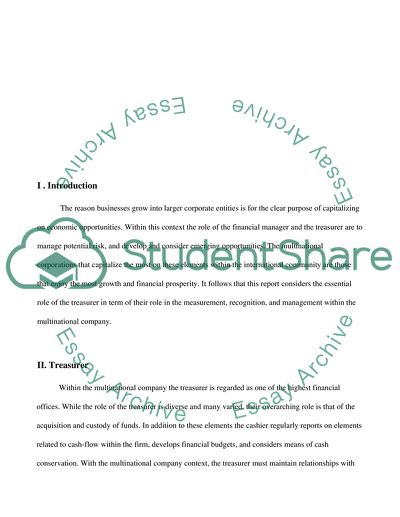Cite this document
(Managing Accounting in Multinational Finance Research Paper, n.d.)
Managing Accounting in Multinational Finance Research Paper. Retrieved from https://studentshare.org/finance-accounting/1746323-the-recognition-measurement-and-management-of-exposure-and-risk-is-one-of-the-primary-roles-of-the-treasurer-of-an-multi-national-company
Managing Accounting in Multinational Finance Research Paper. Retrieved from https://studentshare.org/finance-accounting/1746323-the-recognition-measurement-and-management-of-exposure-and-risk-is-one-of-the-primary-roles-of-the-treasurer-of-an-multi-national-company
(Managing Accounting in Multinational Finance Research Paper)
Managing Accounting in Multinational Finance Research Paper. https://studentshare.org/finance-accounting/1746323-the-recognition-measurement-and-management-of-exposure-and-risk-is-one-of-the-primary-roles-of-the-treasurer-of-an-multi-national-company.
Managing Accounting in Multinational Finance Research Paper. https://studentshare.org/finance-accounting/1746323-the-recognition-measurement-and-management-of-exposure-and-risk-is-one-of-the-primary-roles-of-the-treasurer-of-an-multi-national-company.
“Managing Accounting in Multinational Finance Research Paper”, n.d. https://studentshare.org/finance-accounting/1746323-the-recognition-measurement-and-management-of-exposure-and-risk-is-one-of-the-primary-roles-of-the-treasurer-of-an-multi-national-company.


